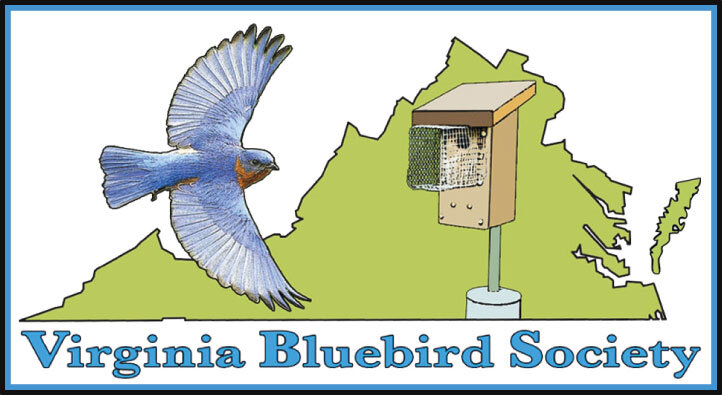Other Cavity Nesters
House Sparrow – nests are sloppy and made of grass, trash, and other fibers haphazardly woven together. Nest typically fills most of the box. House Sparrow eggs are white with brown spots.
Carolina Chickadee – find out more about them here.
Black-capped Chickadee and Tufted-Titmouse – nests are made of moss, fine plant material, animal hair and/or feathers. Eggs are oval-shaped, colored white and finely dotted with reddish brown.
Tree Swallows – build nests of grass that they line with feathers. Feathers can arch over top of nest box. Eggs are oval and white.
House Wren – nests are made of sticks, often nest fills the box. Eggs are white with heavy brown spots.
Click here for pictures of nests and eggs of some cavity nesters: bluebirds, house wrens, chickadees, tree swallows, and house sparrows.
Alert! A new cavity nester is possible – For bluebird nest box monitors in south eastern Virginia, brown-headed nuthatches are probably a rare nest box occupant. However, recent research in North Carolina indicates that their use of nest boxes can increase dramatically – if competition with bluebirds is reduced. Professor Mark Stanback at Davidson College conducted an experiment demonstrating that when boxes were provided with one inch entrance holes, nuthatches became regular box occupants. But when the inch holes were removed, bluebirds quickly usurped the boxes. Considering the availability of inch hole spacers, the current health of the bluebird population and the plight of the nuthatch, it seems reasonable to ask bluebirders in appropriate habitat in eastern Virginia to dedicate a subset of their nest boxes to this dull colored but charismatic cooperative breeder. For more information, see Stanback’s Brown-headed Nuthatch Enhancement Study.

